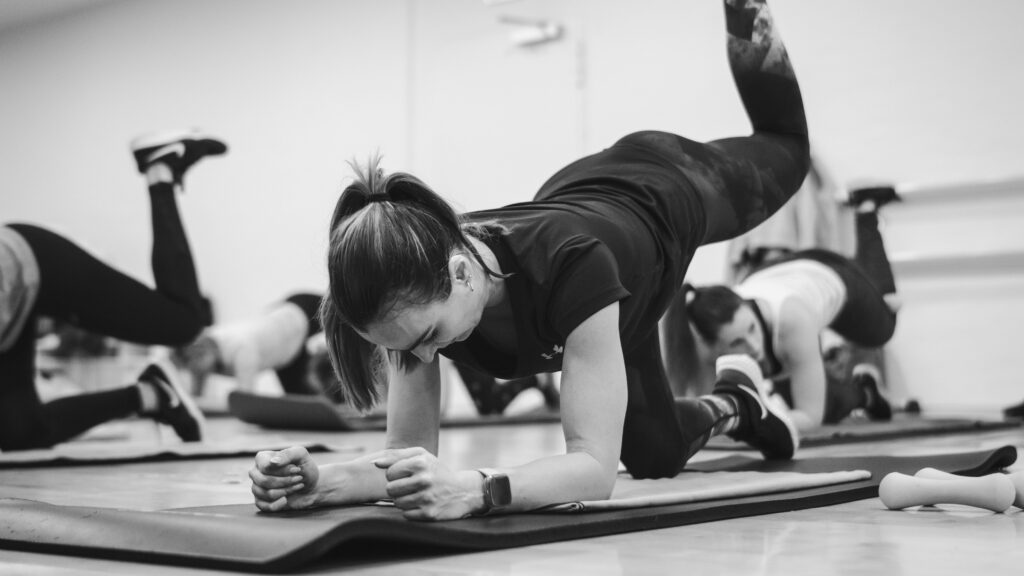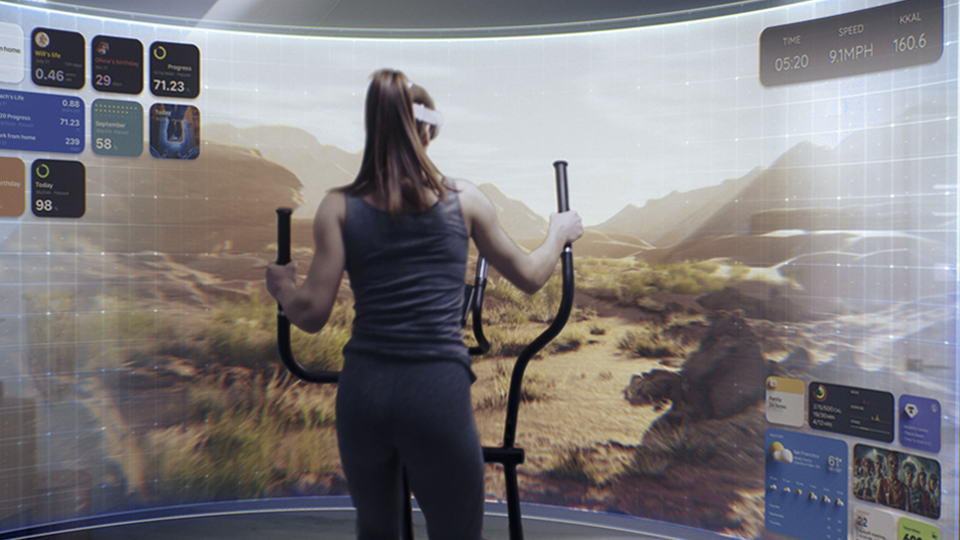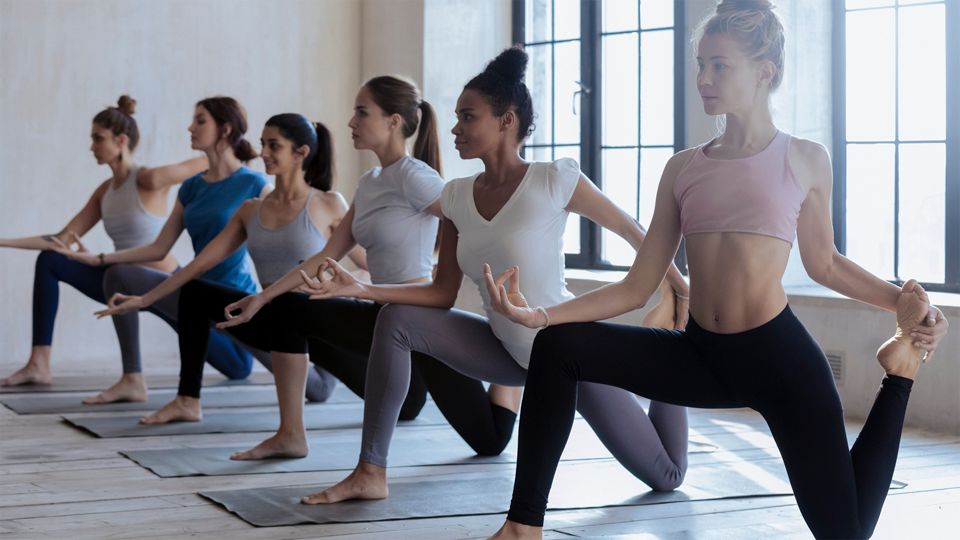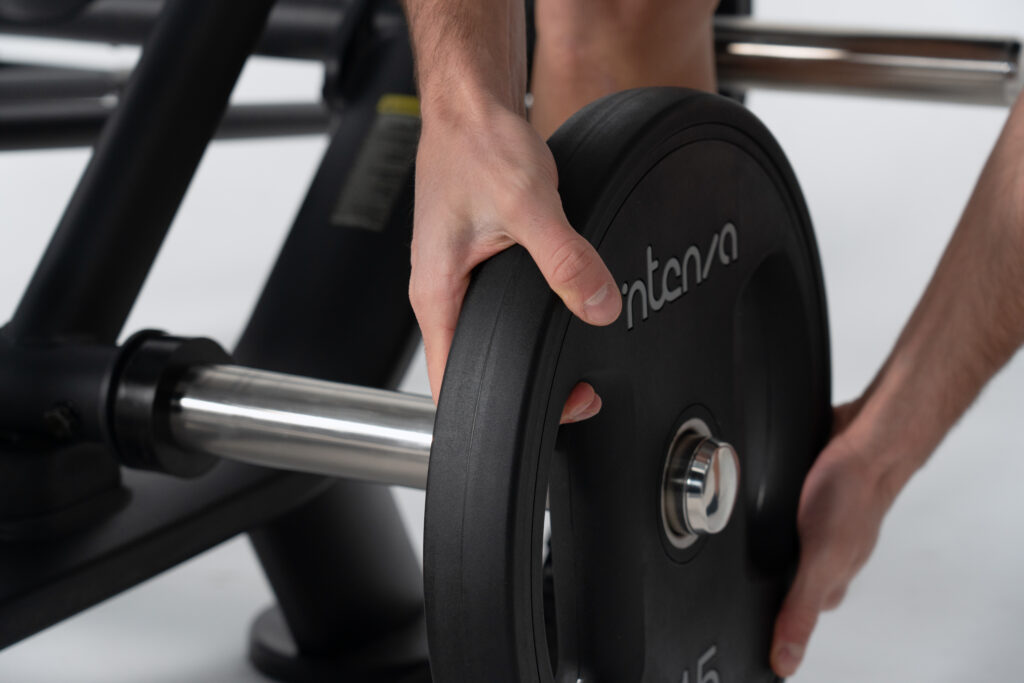
The gym is changing.
Gen Z and Millennials together now account for 65% of all gym members, with Gen Z growing the fastest (smarthealthclub). They are also speaking with their wallets: Gen Z spends nearly three times more on fitness than Baby Boomers (businessinsider).
Gen Z (born 1997—2012) is quickly becoming the dominant force in the fitness market. Recent studies show that 73% of Gen Z are using a fitness facility, compared to just 54% of Gen X and 42% of Boomers (Les Mills).
86.8% of gym owners are projecting rising numbers in 2025(Les Mills).
As the most influential demographic in the fitness industry, gym owners and operators should take note to understand and adapt to their unique preferences, behaviors, and expectations.
Unlike previous generations, Gen Z approaches fitness as a holistic lifestyle choice, fundamentally changing how gym owners operate, design facilities, and structure business models.
This guide examines the top Gen Z fitness trends for 2025, also providing insight into the Gen Z mindset for gym owners. Backed by current research and actionable insights, we hope to help your facility thrive in a rapidly evolving marketplace.

Gen Z views fitness as an essential part of daily life rather than a temporary goal.
Their wellness—oriented approach goes beyond conventional exercise to include recovery, nutrition, and mental health support.
Gen Z recognizes the connection between physical activity and mental wellness, viewing exercise as a vital tool for managing stress, anxiety, and depression.

Growing up with smartphones and instant connectivity, Gen Z expects seamless digital integration in all aspect of their lives.
This digital—first mindset drives demand for app—based booking systems, wearable device integration, and social media presence within gym environments.
More than 50% of Gen Z gym members prefer facilities that offer comprehensive mobile apps for class scheduling, progress tracking, and online coaching (smarthealthclubs). Meeting these expectations is becoming essential for engaging and retaining members.

Contrary to stereotypes about screen—obsessed youth, Gen Z also craves authentic in—person connections.
The gym has emerged as their new social hub, with 37% viewing working out as a way to socialize and 42% forming new friendships through fitness activities (The Gym Group).
This social aspect of fitness is becoming increasingly important as traditional “third places” decline.
For many Gen Z, gyms have evolved into important gathering spaces where people from diverse backgrounds can connect over their shared passion for fitness.

Gen Z prioritizes flexibility and convenience for their workout routines.
An overwhelming 72% of regular Gen Z exercisers adopt a hybrid approach, combining in—gym workouts with at—home sessions (Les Mills).
Gyms that successfully implement hybrid models see impressive results: hybrid members complete 67% more workouts than those who only go to the gym and are 40% more likely to maintain their memberships for three or more years (Les Mills).
Action Steps

Gen Z aren’t just looking to connect to free WiFi.
As the first generation to grow up fully immersed in technology, they expect digital integration at every touchpoint of their fitness journey.
Over 65% of Gen Z usew wellness apps and fitness trackers to monitor their health (NextWaveGenZ) with 44% of regular exercisers already using paid fitness apps, showing a willingness to invest in tech-driven fitness experiences (Personal Trainer Today).
Furthermore, they expect their gyms to offer comprehensive digital ecosystems that enhance their fitness experience through data tracking, social connectivity, and personalized programming.
Action Steps

Social fitness experiences are a major driver of retention and engagement.
Group fitness has become the cornerstone of Gen Z’s gym experience, with 81% of Gen Z gym-goers taking part in group workouts (healthclubmanagement). This strong preference is driven by their desire for community, motivation, and professional guidance.
Popular Class Types include:
Group fitness has a significant positive financial impact on gyms. Participants in group fitness classes generally spend 23% more on their memberships and are 2.5 times more likely to buy additional services (healthclubmanagement).
This trend presents a valuable revenue opportunity for gym owners who are willing to invest in comprehensive group fitness programs.

Gen Z is leading a resurgence in strength and functional training. Strength training has now become the most popular group workout among Gen Z, rising from 10th place in 2021, with 50% of group exercisers participating(Les Mills).
Gen Z women are particularly driving the shift toward strength training, moving away from traditional cardio. This generation is inspired by fitness influencers who promote functional strength and muscle building, rejecting the “skinny” ideal that characterized previous generations.
To accommodate this shift, gyms need to make significant changes. This includes allocating more floor space for strength training equipment, designing separate areas for different training styles, and investing in modern, Instagram-worthy equipment that photographs well.
Additionally, gyms should offer strength training education programs to help overcome the intimidation that some members feel when using this equipment.
Action Steps

Gen Z views fitness through a holistic lens, placing equal importance on mental and emotional well—being alongside physical health. According to Strava, 65% of Gen Z users consider health and fitness to be a top priority for 2025 (today.com).
There is a growing demand for classes that focus on stretching, mobility, yoga, and mindfulness. Currently, 35% of Gen Z participates in stretch and mobility classes, while 33% engage in yoga. (Les Mills).
Moreover, Gen Z emphasizes recovery as much as active exercise to achieve optimal performance and overall well—being, leading to an unprecedented demand for specialized wellness services.
In—Demand Recovery Services:
For example, the “fire and ice” therapy trend, which combines cryotherapy with red light therapy, highlights Gen Z’s interest in innovative recovery methods. (Global Wellness Institute).
Action Steps
1. Evaluate existing technology to identify and address gaps in mobile app functionality and wearable integrations.
2. Develop comprehensive hybrid offerings that create seamless integration between in—person and digital fitness offerings.
3. Revamp group fitness programming to emphasize strength training and community—building elements.
4. Implement more flexible membership models to find ways to reduce commitment barriers to attracting new members.
5. Invest in social media presence to build authentic community engagement across digital platforms.
6. Offer recovery services to meet growing demand for holistic wellness offerings.
7. Align sustainability practices and operations with Gen Z environmental and social values.
8. Create community-focused spaces by designing facilities that facilitate both fitness activities and social connections

The fitness industry is undergoing a generational shift that brings both significant challenges and unique opportunities.
Gym owners who quickly and authentically adapt to the preferences of Generation Z will not only survive but also thrive in the evolving fitness landscape of 2025 and beyond.
The future of the fitness industry belongs to those who recognize that Gen Z seeks more than just traditional workout spaces. Gen Z desire community, experiences, and lifestyle support that enhance their overall well—being. By embracing these trends and making strategic changes, gym owners can position themselves for long—term success.
Stay ahead by investing in elevating your fitness experience. Ready to take your gym to the next level? Get in touch with Intenza
Get the latest industry insights, fitness tips, and exclusive offers delivered straight to your inbox.
No spam, just inspiration.